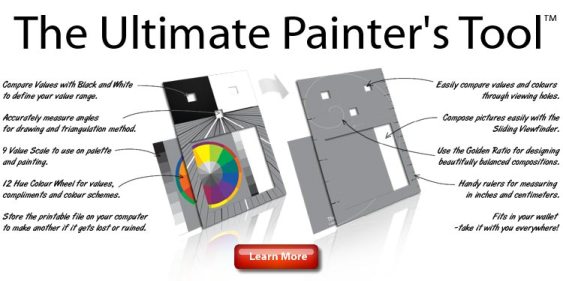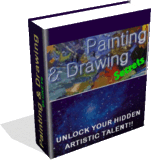Art Painting Supplies For Beginners
So you’ve decided you want to be a painter. Now what? You’ll need to assemble an arsenal of tools that will fill your artist’s toolbox. The difference between a watercolor painter, for example, and an oil painter isn’t just the type of paint; the tool kits for each are very different. When first beginning oil painting, it’s always a good idea to consider that you might not be an oil painter for life. New hobbies often die out when you realize after a month or so that you don’t enjoy it as much as you thought you would. While this isn’t the most optimistic of thoughts, when you decide to start oil painting, it’s better to be a realist because oil painting supplies are notoriously expensive. Once you decide that you’re in it for the long haul, you can switch out some of your supplies for more expensive, professional quality replacements. But when beginning, here are the four essential oil painting tools that you don’t need to break the bank for. 1. Oil paint Obviously, the first thing you’ll need for oil painting is oil paints. Buy a basic range of colors to start off with (primary colors, white, black, and browns) and then add more in if you need them for specific paintings. For example, you don’t buy ten varieties of blue and green if you’re not going to paint an extremely detailed ocean in various hues. Once you get more experienced you’ll be better at mixing paints to get the colors you want, and you won’t have to buy different hues or shades. Oil paints generally are better quality for higher prices, but even with lower quality paints, you’ll get the feel for what oil painting is like. 2. Paintbrushes Good paintbrushes are a must in oil painting. Those just starting out don’t need to buy every brush in the store; paintbrushes are relatively expensive. Start out with one or two of each size (small, medium and large). Later, you can add different brushes in for specific projects. You may have a beginner’s guidebook that tells you to buy different types of brushes for different types of painting, but you honestly don’t need a specific brush for trees and a different one for the ocean. Don’t buy into that. A few simple filbert and flat brushes are fine to start out with. For a more detailed look on this topic, read our article on the brushes for different aspects of a painting. 3. Canvas If you really get into oil painting, you can learn how to stretch your own canvases so you can create custom sizes, but for now, a store-bought canvas is good. Make sure it’s pre-primed for oil painting, or else you’ll have to prime it yourself (you can learn how to do this after you’re more experienced). 4. Easel You need something to put your canvas on, and that’s where the easel comes in. It’s hard to pick out an appropriate easel as a beginner. Once you start painting, you’ll be able to determine what suits you best. Try to find somewhere to buy an adjustable used easel and use it while you start out. Look at used furniture stores and garage sales, or check internet classifieds for old easels. You should be able to find something inexpensive that you can start off with. "At Last! You Can Draw or Paint Any Subject With Ease... Even If You Have Never Drawn or Painted Before!"
Click here to find out the secrets of painting and drawing! | |
|


Master the Colours DVD...

|
Although every attempt has been made to make information as accurate as possible, we are not responsible for any errors that may appear.
© Copyright 2015, OilPaintingTechniquesLessons.com. All Rights Reserved.





